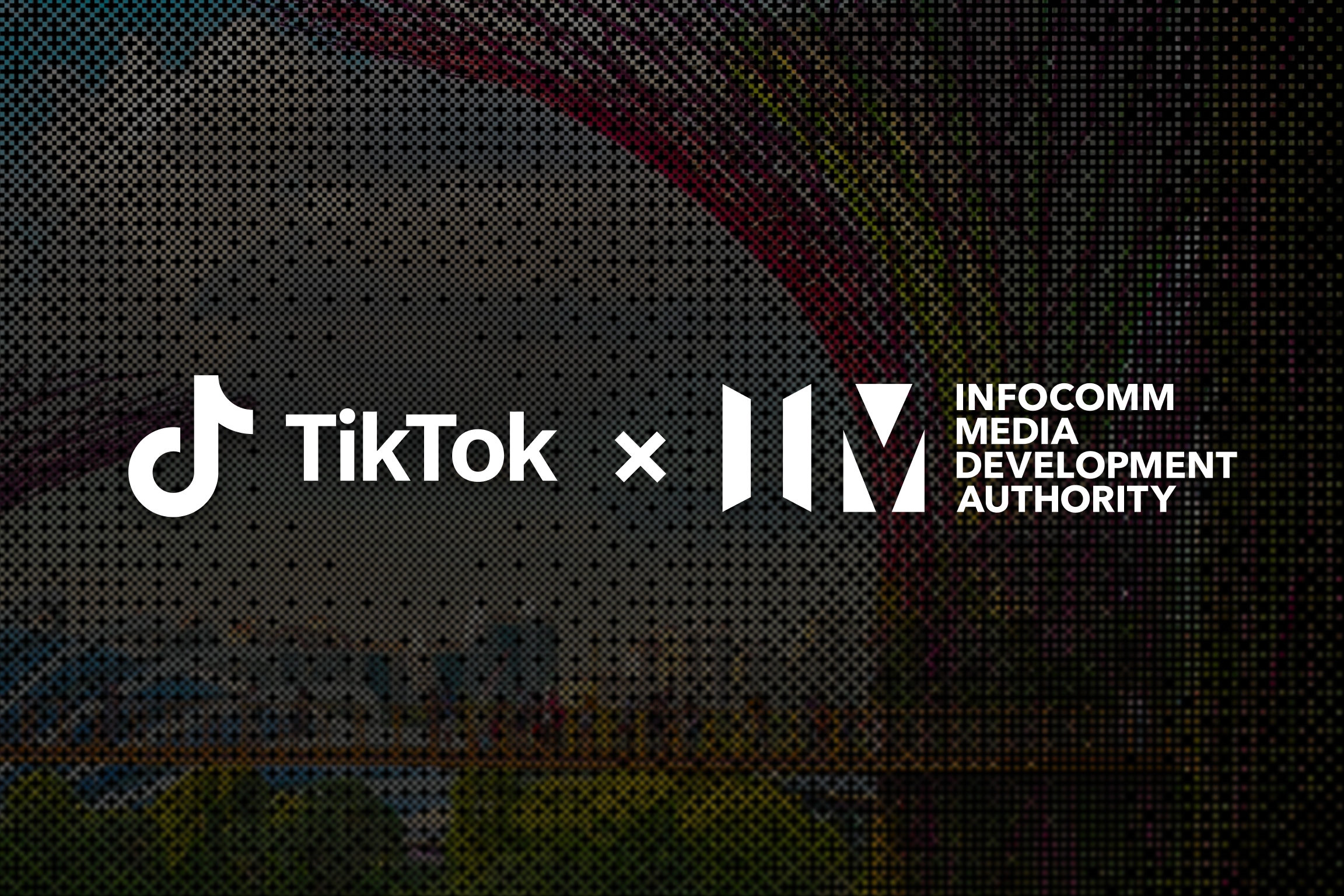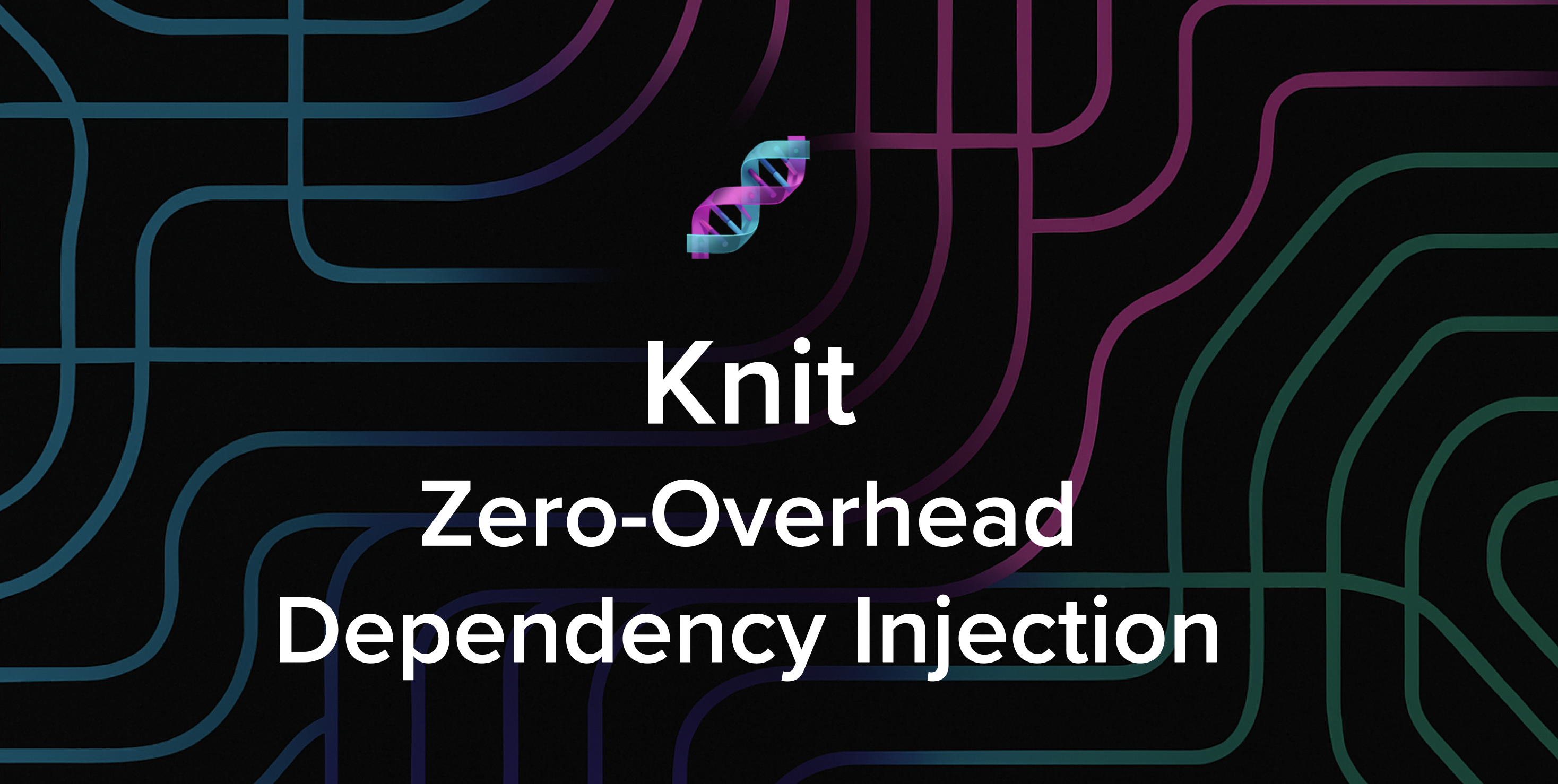In this article, we explore how combining satellite-based Internet services with cellular networks can enhance global connectivity, offering improved performance through dynamic network integration and adaptive data routing strategies.
Starlink is a satellite-based Internet service developed by SpaceX that uses a growing network of low-Earth-orbit (LEO) satellites to provide Internet access, primarily in areas with limited or no connectivity. A recent research study, LEO Satellite vs. Cellular Networks: Exploring the Potential for Synergistic Integration, compares Starlink's LEO technology with traditional cellular networks and explores how combining the two could result in faster and more reliable Internet for users worldwide. One of the study's co-authors currently works at TikTok, offering an industry-informed perspective.
What the study explored
A research team conducted a real-world test across five U.S. states, traveling more than 2,360 miles to evaluate the performance of Starlink and major cellular networks. They measured internet speed, latency, and connection stability in a variety of conditions, including while in motion.
Two versions of Starlink were tested:
- Starlink Roam, designed for stationary use, though sometimes used on the move.
- Starlink Mobility, specifically designed for vehicles and other mobile platforms.
They compared these across three major U.S cellular networks to assess which technology delivered better performance in different environments.
What the study revealed
Starlink struggles while moving
Starlink Mobility outperformed Starlink Roam during travel, but both experienced dropped data compared to cellular networks. As a result, Starlink connections were less reliable for tasks like video calls or gaming on the move.
Better for rural areas, worse for cities
In rural areas, with limited or no cellular coverage, Starlink provided a reliable alternative with strong speeds.
In cities, Starlink struggled. Buildings and other obstacles blocked signals, making cellular networks the more reliable option.
Latency isn't a dealbreaker
Although Starlink uses satellites, its one-way latency (delay in sending data) averaged just 1.8 milliseconds, similar to cellular networks. That's a significant improvement over older satellite Internet options, making Starlink a viable choice for everyday use.
Combining Starlink and cellular could be the future
Combining Starlink and cellular networks could significantly improve Internet speeds and reliability. The study found that using both through multipath networking could increase speeds by up to 66% compared to relying on just one connection.
However, to make this integration seamless, smarter software is needed to manage and balance data traffic efficiently across both networks.
Why this study matters
This study shows that no single network performs best everywhere. Starlink excels in places with weak or no cellular coverage, while cellular networks remain stronger in urban areas. By combining both, you can experience the best of both worlds!
Looking ahead
For now, people in rural areas can benefit from Starlink's expanding network, while mobile users should still rely on cellular networks in cities. But as networking technology evolves, we could soon see seamless integration of both, offering faster, more reliable Internet for everyone.
📖 Want to dive deeper? Read the full research paper here: LEO Satellite vs. Cellular Networks
 Want to stay in the loop?Subscribe to our mailing list to be the first to know about future blog posts!
Want to stay in the loop?Subscribe to our mailing list to be the first to know about future blog posts!
